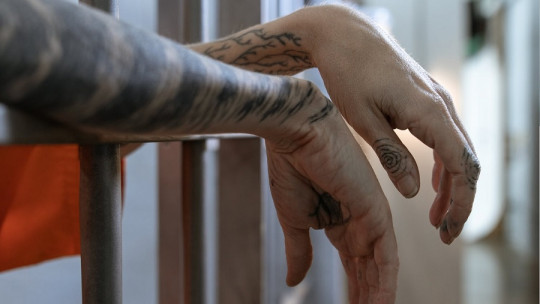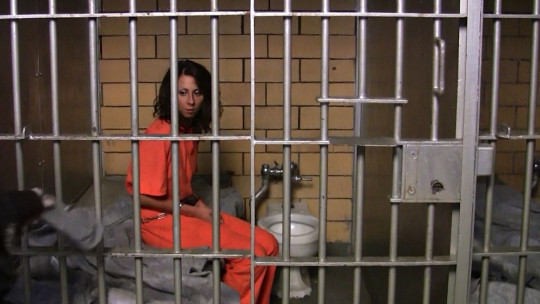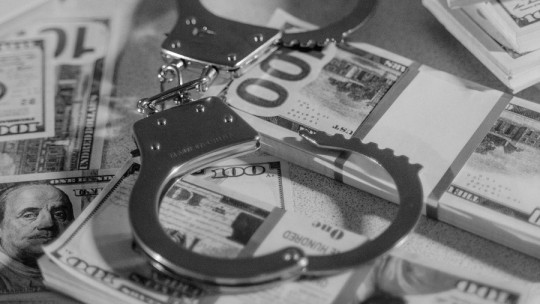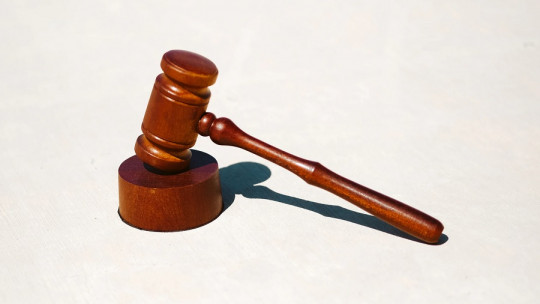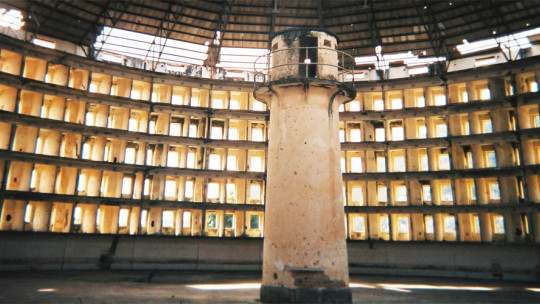
Prisons or jails are institutions authorized by the government to imprison and isolate from society to those individuals who have disobeyed the law. Prisoners are locked up and deprived of their freedom for months, years and, in some cases, their entire lives.
Although all prisons have the same objective, they can be classified in different ways.
The prison system varies from one country to another
The prison system is different depending on the country, and in some cases it can be complex. The military has its own judicial system and minors are not treated the same as adults. Although the concept “prison” is very abstract, its characteristics depend largely on the legal, political and social context of each region, and there can be great differences between the way in which countries determine the functioning of these institutions.
In the United States, for example, there are numerous jurisdictions (federal or state) and different consequences for prisoners than in Spain, as is the case of the death penalty. On the other hand, in Spain, penitentiary centers are differentiated according to the different types of life regimes of the inmates. The objective with which the state legitimizes its use is the search for order and security for the vast majority of inhabitants.
How incarceration affects prisoners
The prisoners are deprived of their freedom. The situation they live in and the behavioral deprivation to which they are subjected mean that their stay in prison causes different physical and psychological consequences at various levels:
As research shows, These types of harmful effects for prisoners are associated with the length of their sentence That is, the longer the time in prison, the worse the consequences.
The main types of prisons (classified)
However, What types of prisons are there? What are the different types of prisons? Below you can see the different types of penitentiary centers that exist:
According to the prison regime
The penitentiary regime is the process that the prisoner goes through in carrying out his sentence. There are three degrees: first degree or closed regime, second degree or ordinary regime, third degree or open regime
1. First degree prison
First degree modules or prisons are for the most dangerous and maladjusted individuals They are regulated in art. 90.1 LOGP (General Organic Penitentiary Law) and there are two classes:
2. Second degree prison
Second-degree prisoners are found in the ordinary regime, unclassified inmates and detainees and prisoners. In this type of prisons there are mandatory activities (hygiene and personal hygiene, cleanliness and order of the cell). The day starts at 7:30 and the lights go out at 00:00.
3. Third degree prison
The open regime is for convicted persons, classified in the third degree, who They can continue their treatment in semi-freedom This is necessary so that the individual can achieve normal coexistence but with the necessary rigid controls.
This type of regime can be carried out in three different prison structures:
American penitentiaries
In the United States there are different types of prisons, which are summarized below.
Local jails
This type of prisons They are for a short term stay They are local and multitudinous. These are usually for those people who have just entered the criminal justice system.
Federal and state prisons
In the United States it is possible to find federal prisons, whose jurisdiction is provided by the Federal Bureau of Prisons (BOP), and the state ones, for more serious crimes and crimes
1. Federal penal institutions
They are prisons for those criminals who have committed serious crimes (embezzlement, fraud…) but who They are not classified as dangerous They are minimum security prisons.
2. Medium security federal prisons
They are medium security institutions, which usually contain security perimeters and armed guards They are the infrastructures that are most used to imprison prisoners.
3. High security prisons
Targeted at violent criminals Offenders are dangerous people, so they need more control than inmates in previous prisons. They are designed to establish several layers of security and insulation between the exterior and the most protected areas of these architectural complexes, so that the central parts are practically airtight.
4. State prisons
state prisons They are for those convicted who have carried out very serious crimes and state crimes There are different types: for women, for men, maximum security, etc. The security of these complexes is exceptional, with a large investment dedicated to it given the seriousness of the crimes of those who remain there.
5. Death row
Death row is the name given to the cells intended for those inmates who have committed very serious crimes and who, in addition, They are serving the death penalty and are awaiting execution

Other types of prisons
There are other types of prisons, for example, for minors, or psychiatric ones. Here we will see its characteristics.
1. The dungeon
The dungeon is a cell that is located in the same police station or police barracks It is used to briefly imprison subjects who have been detained, especially for a later trial. One person detained You can spend up to 72 hours here
2. Juvenile Correctional Facility
People who have been arrested and are not of legal age They must serve their sentences in special centers, not in adult prisons.
3. Psychiatric prison
The psychiatric prison It is usually a prison hospital where subjects serving sentences suffer from a mental illness.
4. Military prison
They are the centers where soldiers, officers and non-commissioned officers of the army are sent to serve a sentence for violating the military penal code. This differentiation is evidence of the special importance that the State gives to the security forces that ensure the maintenance of power.
5. Norwegian style prison
Those in the Norwegian prison system can be considered another type of prison. In this Scandinavian country, there is a different conception of what a model of re-education and social reintegration should be, which focuses on the need to help people to be well integrated into society; Therefore, the punishment element of entering the prison system is eliminated to the extent possible.
In that way, Prisoners have individual rooms equipped with amenities more typical of a hotel than the typical pressure cell
Beyond each prisoner’s cell, the rest of the characteristics of this type of prisons also emulate the operation of hotels or even campsites. For example, prison modules are usually divided into several buildings separated by green areas, so that community life can emerge beyond “outdoor hours.” In some cases, the prison is inspired by traditional Norwegian villages.
This type of prison operation makes it technically easier to escape from prison, but at the same time it eliminates much of the incentive to do so. Furthermore, we must not forget that the social and economic context of that country also helps this model work, since throughout the nation there are very few prisoners and there is little urban density, making it difficult to hide and move on foot.

